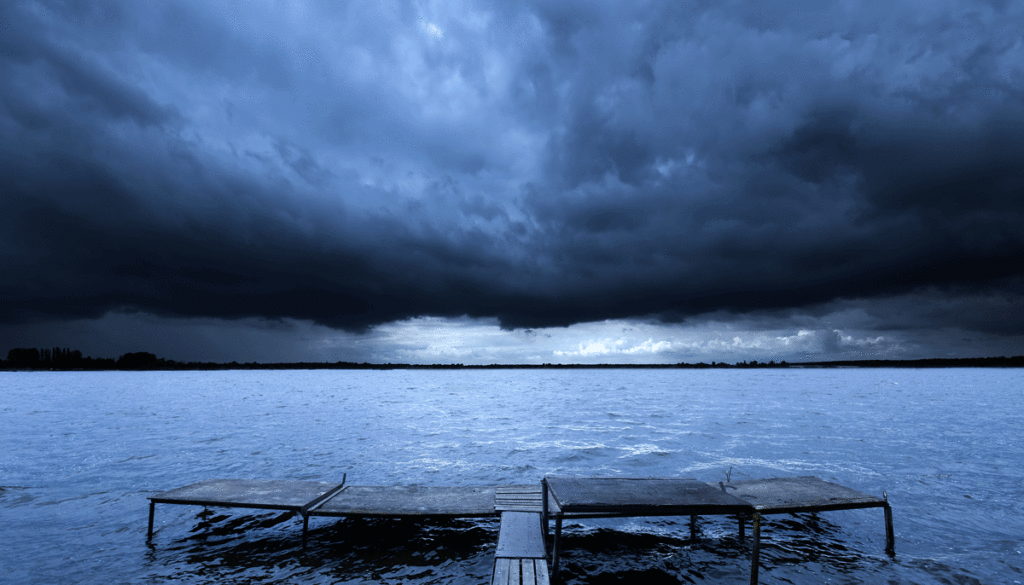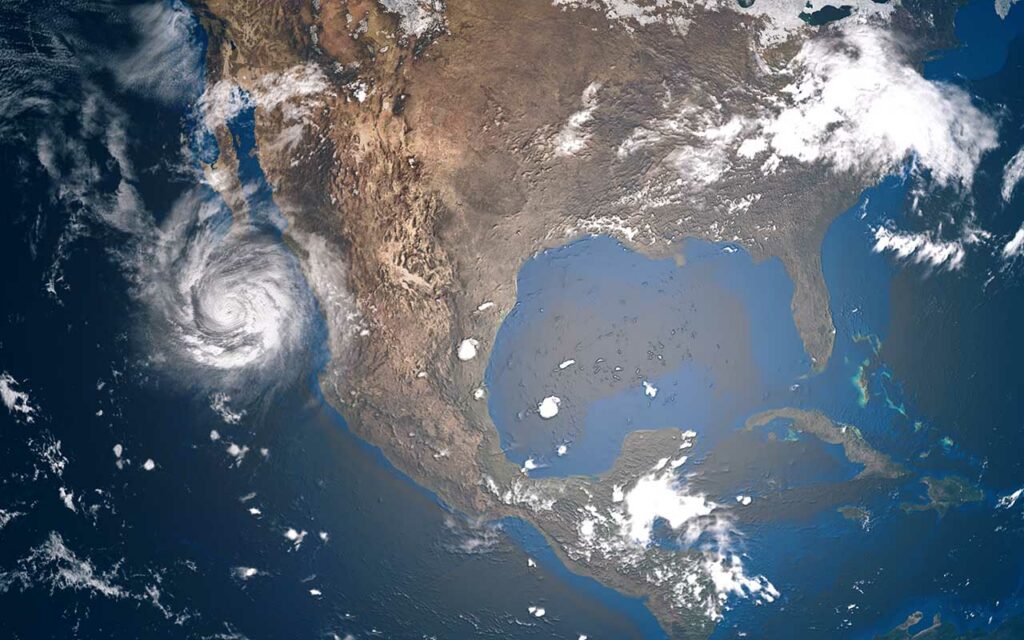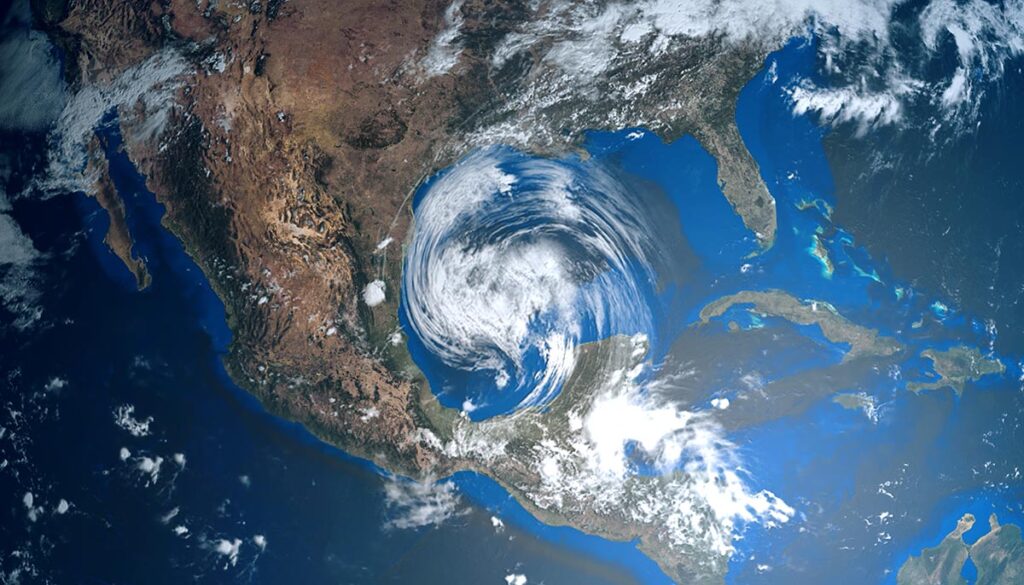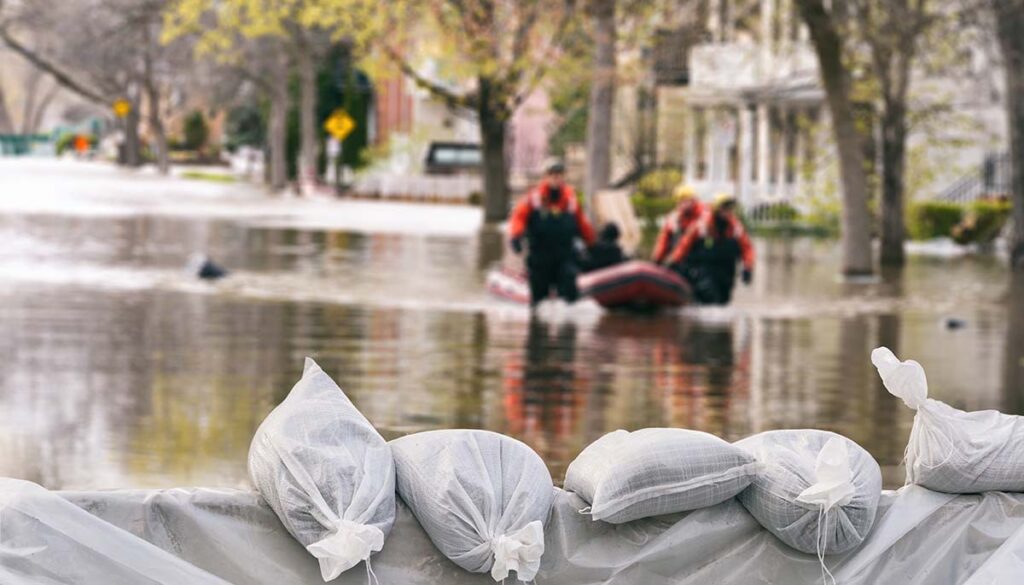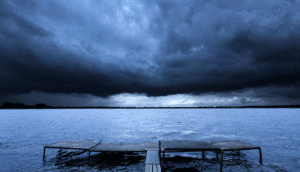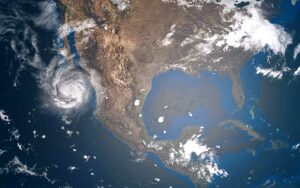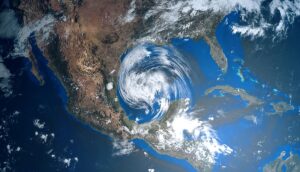There are some scary weather patterns out there in the world. Hurricanes, tornados, heat waves, sandstorms; all are serious threats to humans and animals alike. However, one specific weather phenomenon is among the scariest that can naturally occur on Earth: the firestorm.
Firestorms are extremely massive wildfires that create such intense heat at their cores that they begin to pull in the surrounding air to fuel their combustion. This suction creates a wind system, not unlike that caused by weather fronts. As this air suction continues, it can begin to swirl, causing a whirling inferno of unfathomable heat at the center of what looks like a tornado rampaging through a forest or grassland.
How Do Firestorms Form?
In nature, wildfires only have one real way to form: as the aftermath of a lightning strike. Barring this, there are few ways for a spark to turn into a blaze in the natural world. If a wildfire is able to blaze for long enough to become extremely large and extremely hot, it could begin to generate its own storm-force winds.
The important thing to remember about firestorms is that they pull in air from every direction. No matter where you are if you’re close to a firestorm, the wind at your back is pushing you toward the flames. This is a deadly situation for animals and humans alike, as birds are pulled into the blaze and the debris caught by the winds could strike animals on the ground and render them unconscious.
Sometimes, firestorms can be caused by human activity. For instance, during wartime, firebombing of cities has been reported to result in blazes so powerful that they generate their own storm-force winds.
Mechanism of Winds
The science behind a firestorm is actually very straightforward. Hot air rises, and the column of superheated air above a raging fire rises very quickly. As this hot air rises, cool air is displaced around it and pushed toward the ground. Then, air that surrounds the fire is “sucked” into the center to replace the hot air that is being forced up by buoyancy.
This situation, ironically enough, can create conditions that help to prevent the spread of flames. Since the winds push in from all sides into the flame, the flames are unable to expand past these boundaries without a sufficiently powerful external weather system to push the fire free of its own storm. The winds also help to keep embers on the outskirts of the blaze from reigniting, as the cool air running over the embers keeps them cold and inactive.
Flashpoint
While firestorms are bounded by the winds that sustain them, things aren’t exactly pleasant at the heart of the storm. The heat at the center is so intense that everything that can burn will burn. This continues until the flame has consumed all of the fuel it can find, at which point the fires die down, and the winds subside from the cooling temperatures. This causes the firestorm to break up into smaller individual blazes, which can then spread elsewhere and start the cycle anew.

